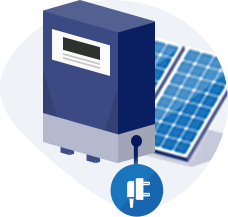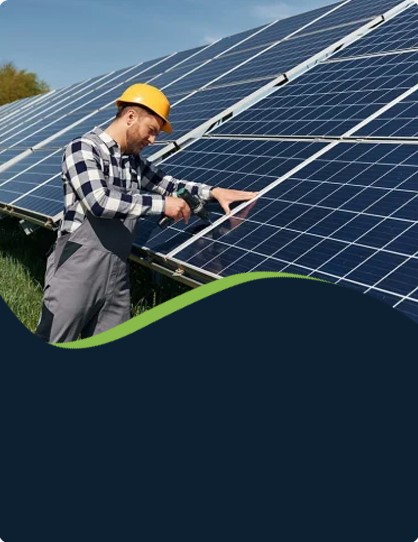
-
[email protected]

-
Building 1, No. 21 Shengfa Road, Lucheng District, Wenzhou, Zhejiang, China


Hybrid solar systems have gained popularity due to their ability to combine the benefits of both solar power generation and grid connectivity. These systems are designed to optimize energy production, reduce dependence on the grid, and offer enhanced flexibility.

A grid tie hybrid solar system integrates solar panels with the public electricity grid, allowing for the generation of solar power during the day while maintaining a connection to the grid for backup power when solar energy production is insufficient. This type of system is often referred to as a grid-tied or grid-connected system. The primary benefit of such a system is that excess solar energy produced during the day can be fed back into the grid, often resulting in credits or reduced energy costs, depending on local policies.
Grid tie systems use an inverter to convert the direct current (DC) electricity generated by the solar panels into alternating current (AC) electricity that can be used in the home or business. When the solar panels are producing more electricity than is being used on-site, the excess can be sent to the grid, offsetting the cost of electricity drawn from the grid during periods of low sunlight, such as at night or on cloudy days.
These systems are generally more affordable and easier to install since they do not require battery storage. However, one drawback is that power outages will disrupt the system’s operation, as there is no energy stored for use when the grid goes down.
A hybrid on-grid solar system is a variation of the grid tie system but with the added feature of energy storage. This system combines solar panels, a grid connection, and battery storage to store excess energy produced during the day.
The hybrid on-grid system is particularly useful in regions where energy prices fluctuate throughout the day. For example, the system can store energy when electricity rates are lower and use it during peak times when electricity costs are higher. Additionally, with battery storage, users have access to backup power during grid outages, though this backup is typically limited by the capacity of the installed batteries.
The hybrid on-grid system offers a good balance between the benefits of solar power and energy independence, though the initial cost is higher due to the inclusion of batteries. The system’s ability to store energy and manage consumption based on time-of-use rates makes it a viable solution for those looking to reduce their overall energy bills.
A hybrid inverter solar system is an advanced solution that combines solar power generation, grid connectivity, and battery storage in a single device. This system uses a hybrid inverter, which integrates the functions of both a solar inverter and a battery charger. This allows it to manage energy production, storage, and consumption more efficiently than traditional systems.
Hybrid inverters can be programmed to prioritize energy usage in several ways. For example, the inverter can be set to supply power to the home or business directly from the solar panels while storing any excess energy in batteries. If the stored energy runs low or the solar production is insufficient, the inverter can then draw power from the grid.
One of the key advantages of the hybrid inverter system is its versatility. It can be used with or without battery storage, making it adaptable to different energy needs and budgets. Furthermore, hybrid inverters are designed to be compatible with various battery types, offering greater flexibility in terms of system configuration and future upgrades.
Hybrid solar systems—whether grid tie, hybrid on-grid, or hybrid inverter solutions—offer significant benefits in terms of energy efficiency, cost savings, and energy security. Each system has its own advantages depending on the user’s needs and the specific energy environment.
Your email address will not be published. Required field are marked*
